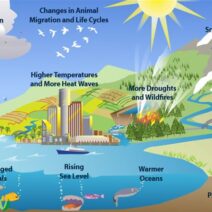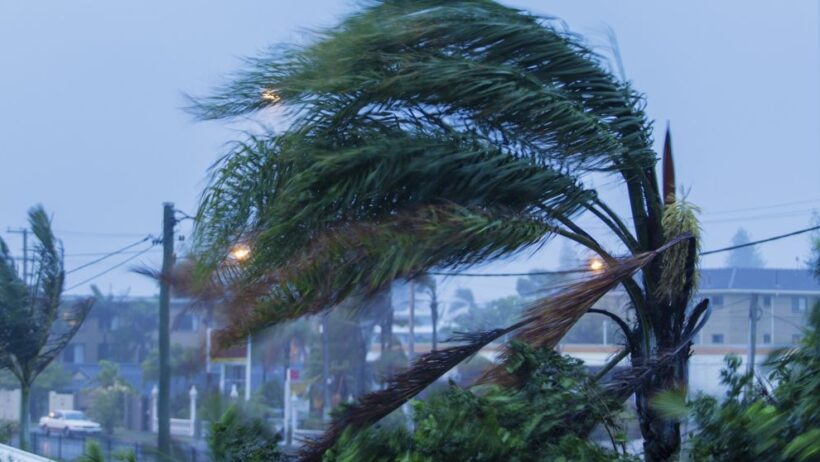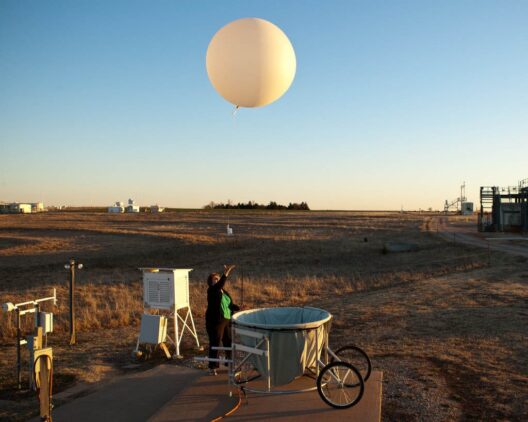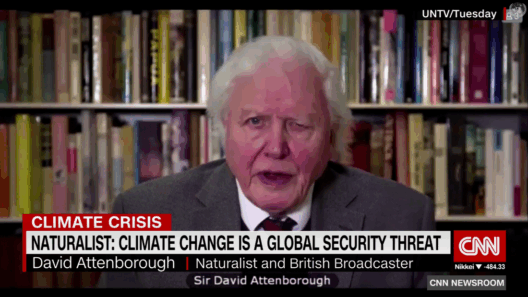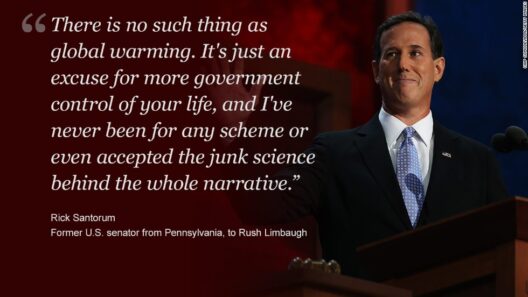Climate change remains one of the most pressing issues of our time, with far-reaching implications for ecosystems, human societies, and weather patterns. A particularly intriguing aspect of this phenomenon is its relationship with tropical cyclones. As global temperatures continue to rise, the question emerges: could global warming render tropical cyclones more destructive?
To understand this question, it is essential to grasp the fundamental mechanics behind tropical cyclones. These meteorological systems, characterized by powerful winds and heavy rain, form over warm ocean waters. They derive their energy from the sea’s warmth, which fuels their development and intensification. As climate change alters the composition of our atmosphere and oceans, it inevitably impacts the genesis and behavior of these storms.
Warming ocean surfaces, for instance, provide a fertile ground for cyclogenesis—the formation of cyclones. The principle is straightforward: warmer waters lead to increased evaporation, which subsequently elevates humidity in the atmosphere. This heightened moisture content can contribute to the rapid intensification of tropical storms. In a warming world, where oceans are expected to continue their trend of rising temperatures, the potential for more frequent cyclone formation becomes a daunting reality.
Moreover, climate change is not only affecting the frequency of cyclone occurrences but also the intensity of these weather events. Research indicates that as sea surface temperatures rise, tropical cyclones are likely to become more powerful. Enhanced wind speeds, exacerbated rainfall, and extended duration are all possible ramifications of higher ocean temperatures. This intensification can lead to severe consequences, including catastrophic flooding and wind damage, posing significant threats to coastal communities.
The dynamics of atmospheric conditions play an equally crucial role. Climatic changes can also influence the patterns of upper-level winds that interact with developing storms. These winds can dictate how a cyclone evolves, its path, and its potential to strengthen or weaken. A more stable atmosphere—often attributed to warmer global temperatures—could allow storms to persist longer and reach greater intensities. This phenomenon raises alarms about the resilience of infrastructures and populations in cyclone-prone areas.
Additionally, the correlation between climate change and rising sea levels further exacerbates the peril associated with tropical cyclones. As polar ice melts and glaciers retreat, sea levels rise, inundating coastal areas. Higher sea levels can amplify the storm surge—a destructive wall of water that accompanies cyclones, leading to increased flooding and erosion. The combination of heightened cyclone activity and elevated sea levels could create a perfect storm scenario for millions of people worldwide.
An often overlooked aspect of cyclone destruction is the resultant impact on ecosystems. Tropical cyclones can obliterate habitats, particularly in coastal regions. Mangroves, coral reefs, and estuaries often bear the brunt of storm surges and excessive rainfall. Such destruction can have far-reaching implications, disrupting the intricate balance of marine and terrestrial ecosystems. The loss of biodiversity and the degradation of natural resources can impede recovery efforts for communities reliant on these ecosystems.
Yet, engaging with this critical issue requires a nuanced understanding, extending beyond mere cyclone metrics. It begs the question of societal impact. Vulnerable populations—those inhabiting impoverished coastal zones or areas with limited infrastructure—face the harshest repercussions. Not only do they grapple with the immediate fallout of a cyclone, such as destruction of property and disruption of livelihoods, but they also contend with long-term repercussions such as displacement and health risks. The interplay between socio-economic factors and environmental change necessitates a holistic approach to disaster preparedness and climate resilience.
The fascination surrounding tropical cyclones lies in their duality: while they are natural phenomena, their behavior and consequences can be heavily influenced by human activity. The stark reality is that anthropogenic climate change is altering the very fabric of our planet’s climate systems. Thus, understanding the implications of global warming on tropical cyclones transcends scientific inquiry—it demands action. Advocating for sustainable practices, improved coastal management, and robust emergency preparedness can mitigate the effects of these storms and foster community resilience.
Moreover, public awareness and education are paramount in fostering a culture of preparedness. Individuals and communities must comprehend their vulnerabilities and the steps they can take to safeguard themselves against the impending challenges of climate change. By recognizing the intricate link between warming temperatures, intense cyclones, and ecological stability, society can galvanize around a common purpose—adapting to the changing climate and preserving the planet for future generations.
In conclusion, the inquiry into whether global warming could make tropical cyclones more destructive reveals a complex interplay of environmental, social, and economic factors. As the planet continues to warm, the implications for tropical cyclones become ever more critical, necessitating proactive measures at every level of society. The future of our coasts, ecosystems, and human communities hang in the balance, urging immediate action against climate change and its effects on the world’s cyclonic systems.

